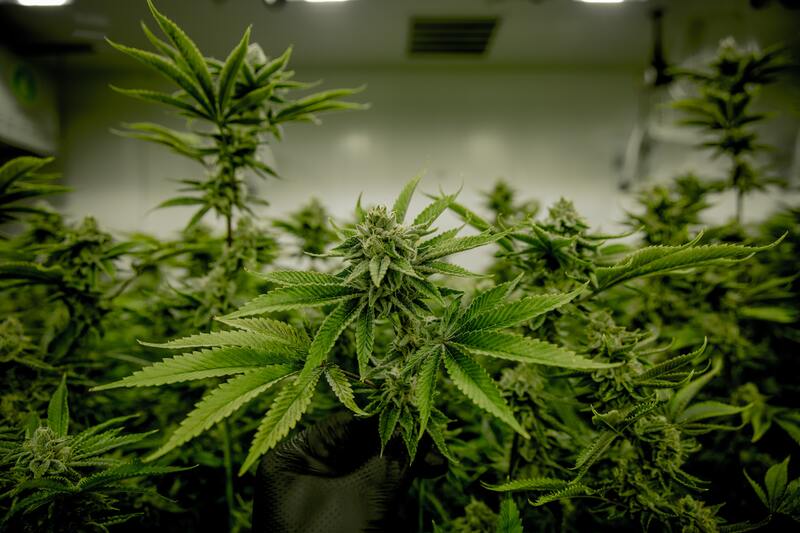If you're looking to purchase hemp products, it's essential to understand the certificate of analysis (COA) provided by the manufacturer or seller. A COA provides information about the hemp product's potency, quality, and purity. In this blog, we'll go over how to read and understand a certificate of analysis.
What is a Certificate of Analysis?
A COA is a document that provides information about the hemp product's chemical composition. It is an essential document that verifies the quality, purity, and potency of the product. A COA typically includes information about the levels of cannabinoids, terpenes, residual solvents, heavy metals, pesticides, and microbial contaminants present in the product.
How to Read a Certificate of Analysis
When reading a COA, you want to look for the following information:
- Cannabinoid Content: This section lists the concentration of cannabinoids present including CBD, THC, CBG, CBN, and more. It also includes the total amount of cannabinoids present in the product.
- Terpene Profile: This section provides information about the terpenes present. Terpenes are organic compounds that give hemp its unique aroma and flavor.
- Residual Solvents: This section indicates whether any solvents were used in the extraction process and if they were removed from the final product.
- Heavy Metals: This section tests for the presence of harmful heavy metals like arsenic, lead, cadmium, and mercury.
- Pesticides: This section tests for the presence of pesticides that may have been used during the cultivation process.
- Microbial Contaminants: This section tests for the presence of bacteria, fungi, and other harmful microorganisms that may be present in the hemp product.
Understanding the COA
Once you've located these sections, you'll want to compare the results with the manufacturer's claims. For example, if the manufacturer claims that the product contains 1000mg of CBD per bottle, the COA should confirm this claim.
It's also important to note the THC content listed in the COA. If the THC content is above 0.3% Delta-9 THC, the product is considered illegal under federal law. Additionally, if you are subject to drug testing, you should avoid using products with THC content, as they may cause a positive result.
When deciding to choose what hemp product to buy, it is important to follow the above guidelines to ensure you are getting a good product. Be sure to look for information about the cannabinoid content, terpene profile, residual solvents, heavy metals, pesticides, and microbial contaminants. Hopefully this blog has helped you understand how to interpret a COA, so you can ensure that you're getting a high-quality, safe, and effective hemp product.




Leave a comment
This site is protected by hCaptcha and the hCaptcha Privacy Policy and Terms of Service apply.